5. Cruising (1980)
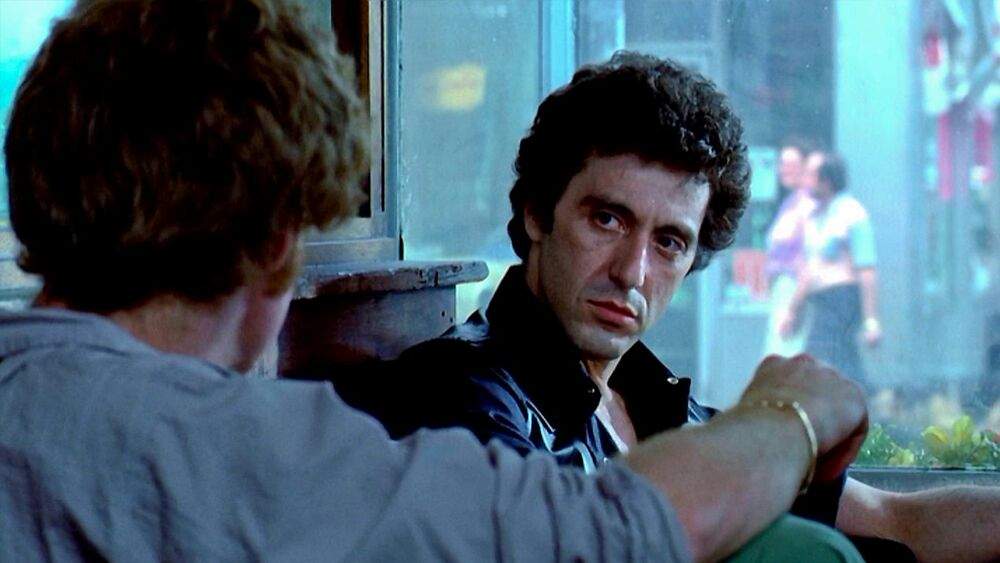
Brian De Palma was at one point slated to directed ‘Cruising’ but it ultimately went to director William Friedkin. One can muse about what his version of the story would have looked like, but moviegoers can’t complain because he would go on to make the interesting ‘Dressed to Kill’ and director Friedkin’s version is very strong indeed. ‘Cruising’ follows detective Steve Burns (Al Pacino) who goes undercover in New York’s BDSM gay scene to find a serial killer targeting men.
Pacino’s performance is great as usual as detective Burns, who goes to great lengths to catch the killer immersing himself completely in this very alien subculture. Director William Friedkin brings New York’s nightlife to the screen as a world filled with shady and seedy characters, but nevertheless manages to never judge the ‘regular’ participants. For those that like dark detective thrillers like ‘Se7en’ this is one you should not miss.
4. The Killing of a Chinese Bookie (1976)
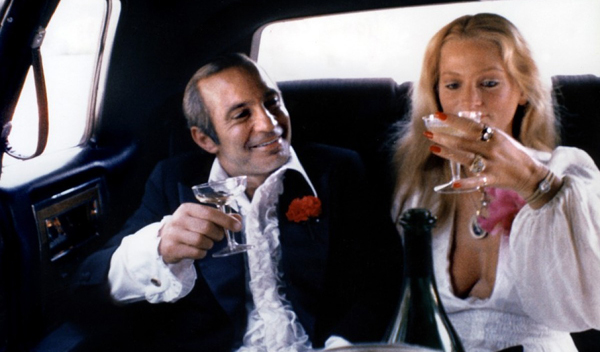
No list about New Hollywood is complete with the ‘godfather of independent cinema’ director John Cassavetes, the filmmaker responsible for the classic ‘A Woman Under the Influence’. ‘The Killing of a Chinese Bookie’ is another film with a long and intriguing title. The movie follows Cosmo (Ben Gazzara), a strip club owner who owes a debt to the mob; to pay it off he has to kill the titular bookie.
Despite the premise ‘The Killing of a Chinese Bookie’ is not just a thriller but a highly personal movie, following up close the character of Cosmo quietly but wonderfully played by Ben Gazzara. Director John Cassavetes is more interested in bringing a world to the screen that’s not often seen; behind the scenes of cabaret performances, and in the hallways of organised crime. That the film is slower than most people might expect from its story might be the reason it is less watched than is deserved.
3. 3 Women (1977)
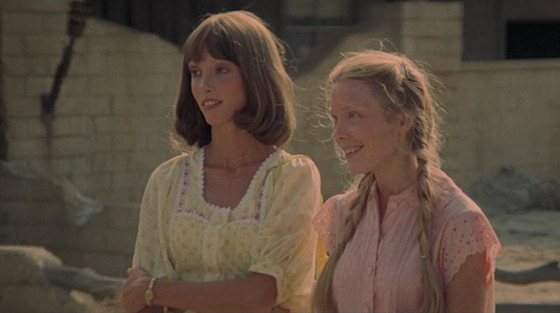
Three women with vastly different personalities and lives come together in this bizarre film by the hands of director Robert Altman. ‘3 Women’ is that type of film like ‘Persona’ or the recent ‘The Lighthouse’ where realities flow into each other and personalities seem to melt and diverge at different times. Sissy Spacek plays the teenager Pinky who moves into her co-workers Millie’s (Shelley Duvall) house. Millie is absolutely desperate for attention, but is frustrated with the awkward kid. The third woman is the pregnant Willie (Janice Rule), who operates the bar where the two hang out with her cowboy husband Edgar (Robert Fortier).
Both the mood and the overall vibe of ‘3 Women’ is notable, director Altman manages to give that feel of something being wrong in the most mundane situations. He is helped by an ever-present creepy score. Both Sissy Spacek and Shelley Duvall bring their challenging roles to life making ‘3 Women’ one of those strange films were mood trumps script and you have to follow the internal logic of the movie.
2. Five Easy Pieces (1970)
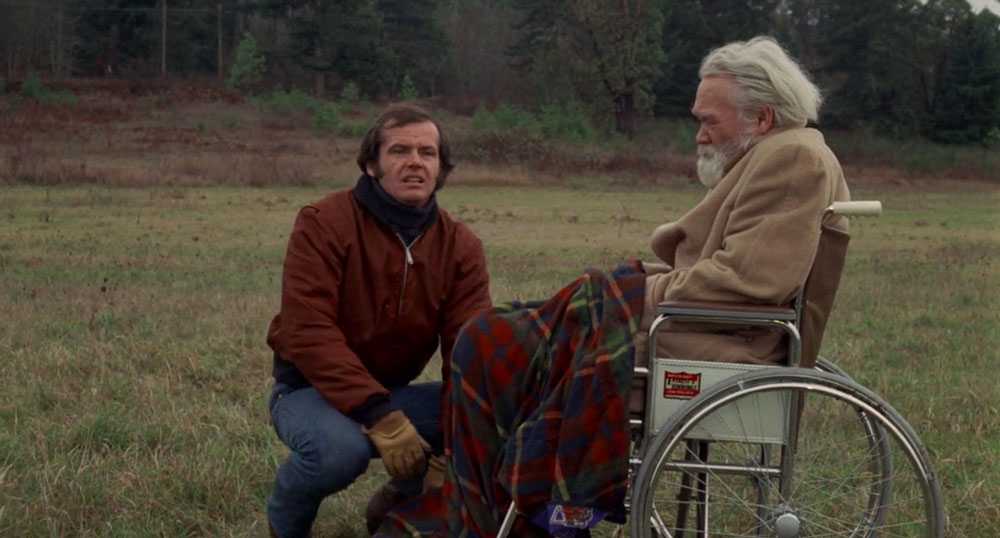
Upper-class Robert Dupea (Jack Nicholson) works on an oil-rig and hangs out at trailer parks. He found a girlfriend in the waitress Rayette (Karen Black) which he treats with disdain, only to find that he does miss her. Clear is that Robert is constantly running away from something. When his father gets sick he decides to travel back home.
‘Five Easy Pieces’ is not a film about a plot, but it’s a character study. And it studies one of the most dense and suffering characters one will ever see in Robert Dupea. The film would not have worked without director Bob Rafelson’s careful and patient camera, but above all, it wouldn’t have worked without Nicholson. He makes Robert a person that is both unlikeable and charismatic, frustrating but also deeply pitiable. Nicholson reportedly took from his own life experiences in playing the role.
Anxiety runs deep in ‘Five Easy Pieces’ and the abrupt ending of the film transfers that feeling onto the viewer, leaving you empty and unfulfilled. Absolute classic American film.
1. Medium Cool (1969)
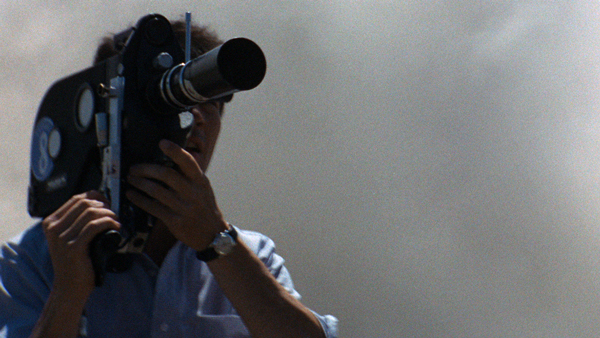
In ‘Medium Cool’ director Heskell Wexler creates a fluid piece of film that can best be understood as trying to catch a very specific moment in time and place. The film centres around the 1968 American election and specifically the violence that breaks out during the Democratic National Campaign. The actual storyline of the film is less important; documentarian John (Robert Foster) loses his job due to political manoeuvring and finds romance in the beautiful single-mom Eileen (Verna Bloom) who moved to Chicago from Appalachia. This simple plot is more of a coat-hanger for showing a diversity of people, opinions, events and simply images establishing the feel of the United States at that time.
‘Medium Cool’ was highly influential in the New Hollywood movement, and inspired directors like Cassavetes by bringing French New Wave and Cinéma Vérité influences to the American screen. It is also simply a gorgeously shot film, that excels in transferring feelings and moods to the watcher. Besides ‘Medium Cool’s’ artistic credentials, it shares very poignant scenes that are political without ever choosing sides. The scene in the apartment of militant African-Americans, talking about their relationship with the media is painfully relevant in the present day. The scenes of protests turning violent gives a real vibe of what it’s like to be there at that place. All in all ‘Medium Cool’ is a beautifully shot, intelligent, still poignant film that deserves to be watched more.